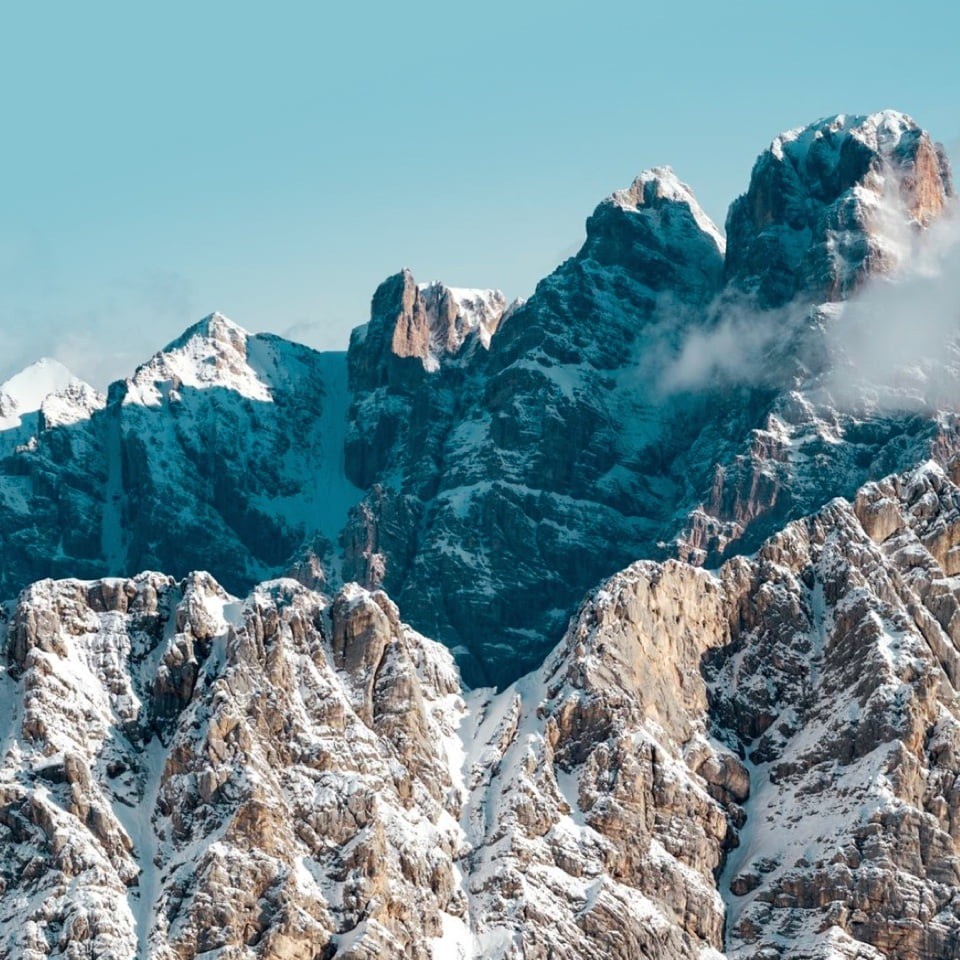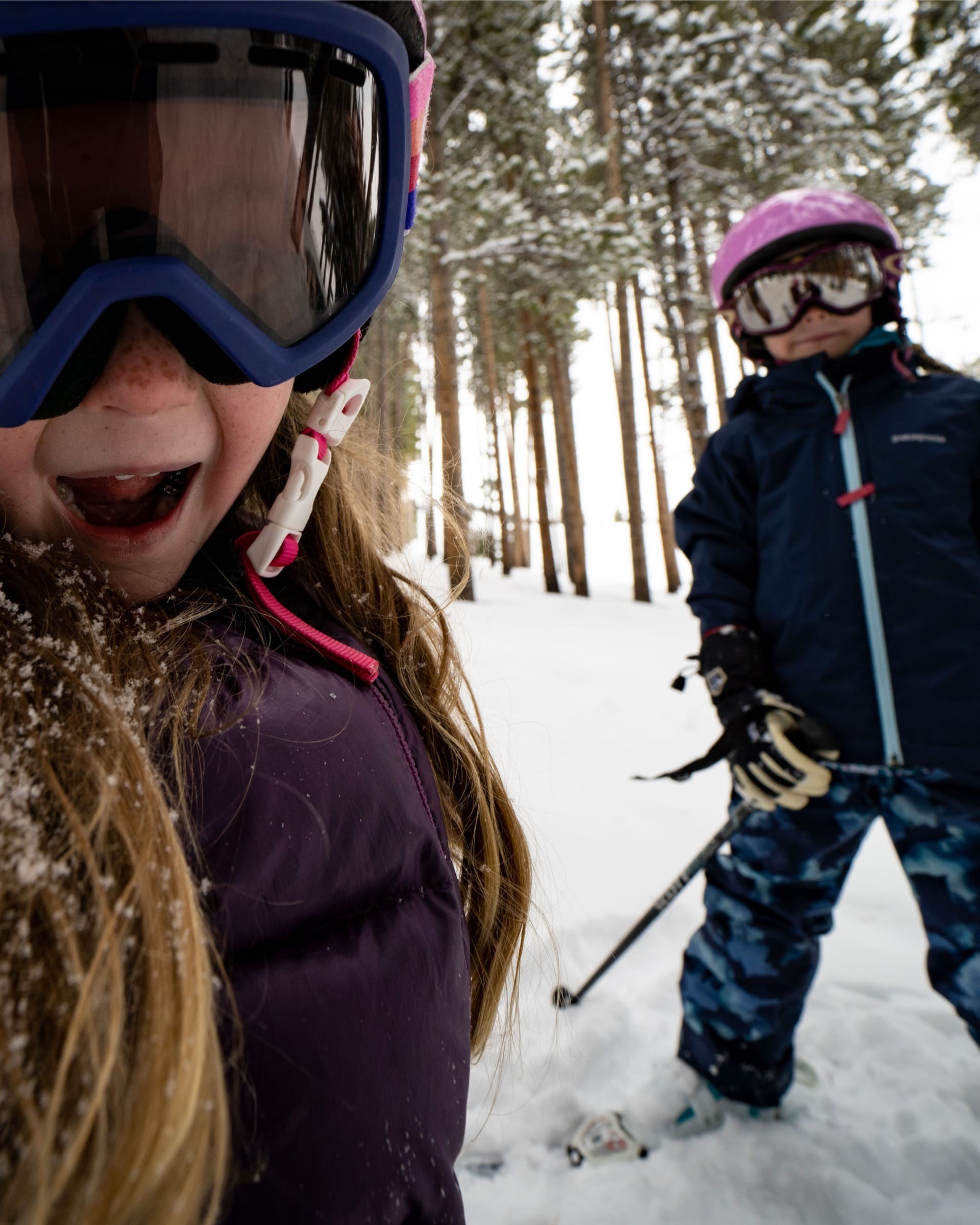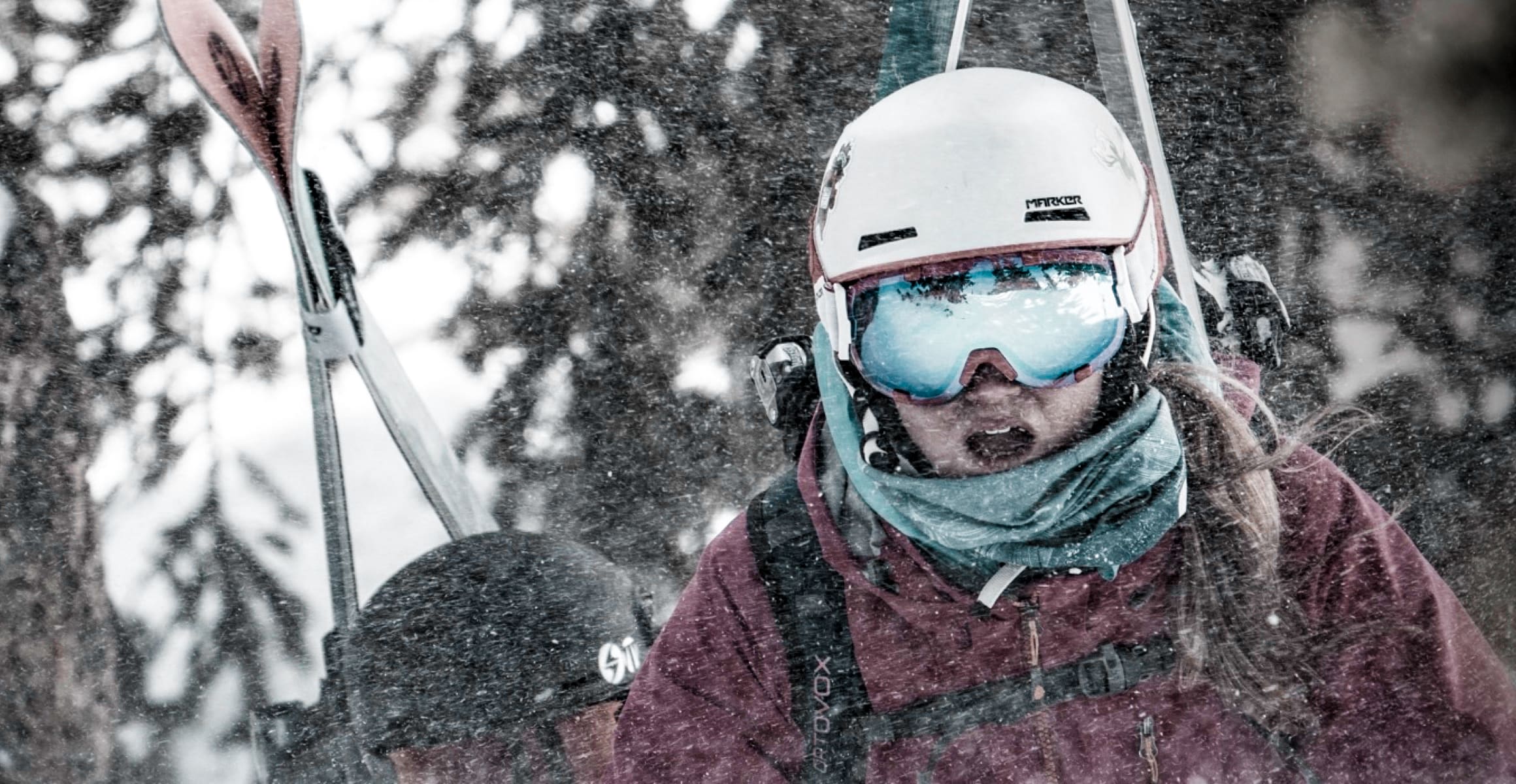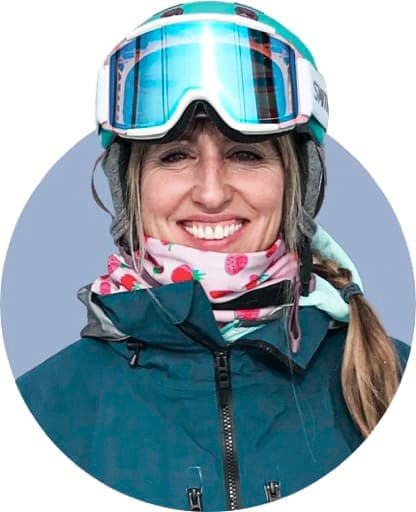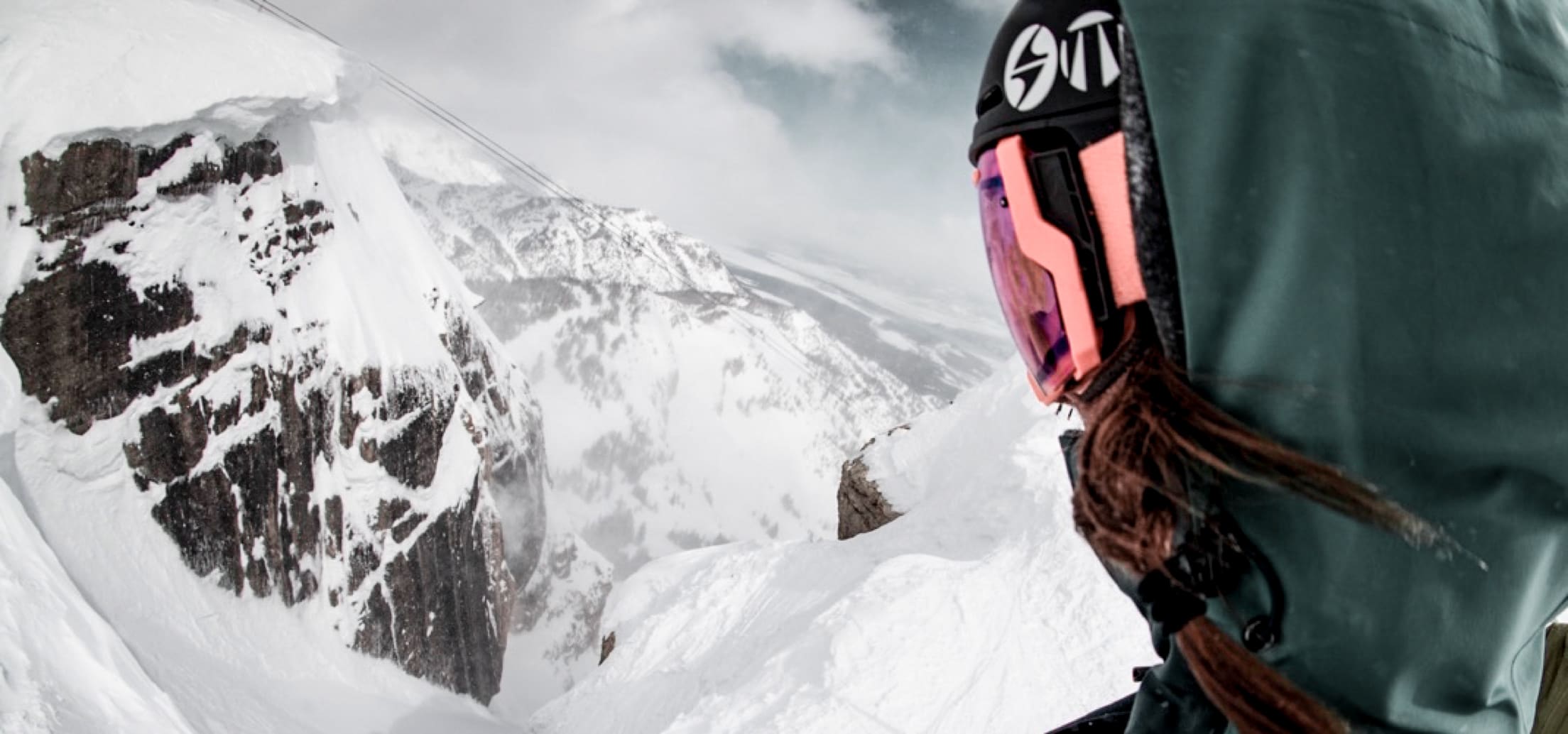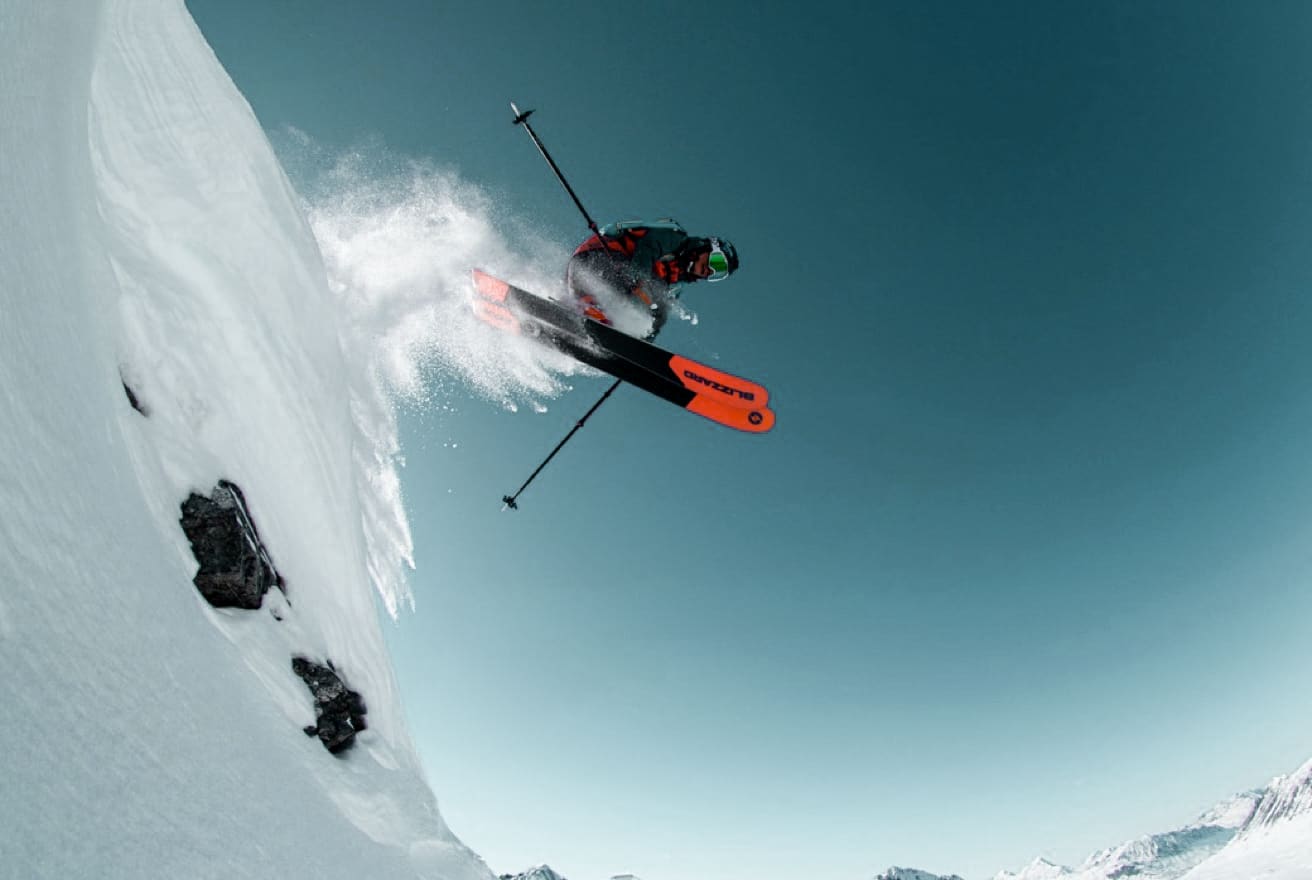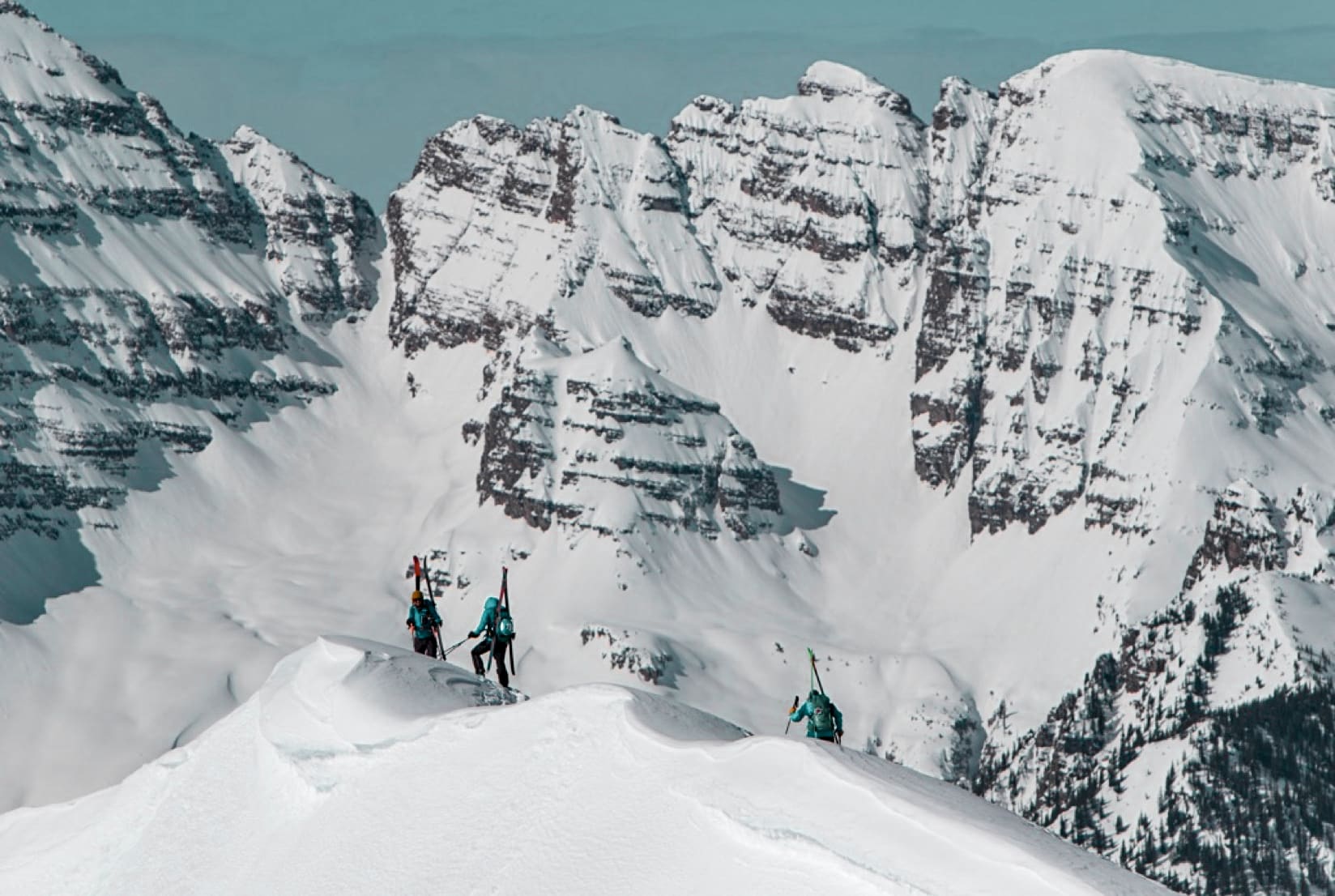Tactical Advice
Google “how to overcome your fear” and you get a litany of articles about deep breathing exercises and visualization.
But when you’re peering over the edge of a cornice and all you can picture is your own body tomahawking down the chute like the little ice balls you’ve kicked off below you, that advice seems about as useful as bringing an umbrella out into a hurricane.
So, what should you actually do to get yourself down?
According to Andy Walshe, cofounder of the Liminal Collective, a group dedicated to increasing human performance, you should stop trying to overcome your fear and start trying to get more comfortable with it.
Walshe maintains that a small amount of fear actually improves your performance, while a lot of fear paralyzes you or at the very least inhibits you from reaching your potential.
Walshe calls it the “performance-arousal index,” a salacious-sounding name for a data-driven bell curve that graphs an athlete’s performance with his or her level of fear. The zone when you’re at your best is when nerves are heightened—but not jangled—because it’s when you’re most focused and alert.
Walshe believes this zone to be malleable, and for years he has trained Red Bull athletes to push their curve farther along that “arousal” line by doing things that grip them—like crawling through a box of snakes or performing stand-up comedy to a crowd. The idea is that the more comfortable they are with fear, the better they can perform in terrifying situations like, say, jumping out of an airplane in a wing suit. “The lessons transfer, and you can practice them in multiple different scenarios,” he said.


